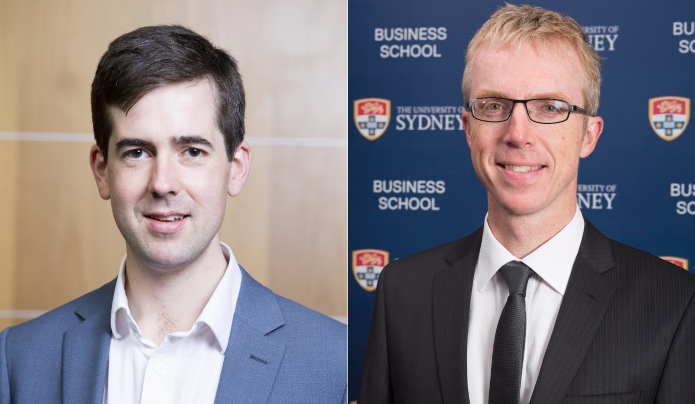
Australian governments have successfully managed major changes in immigration policy but urgent action is still needed to protect workers on temporary visas from exploitation by employers, according to researchers at the University of Sydney Business School.
The researchers, Dr Chris F Wright and Dr Stephen Clibborn, also say that the move away from the “settler” model of permanent immigration towards a focus on “skilled” migration has produced significant benefits for Australia.
In an analysis document titled “Economic Migration and Australia in the 21st Century”, they say that policy shifts have offset the effects of our ageing population, improved productivity, helped businesses source skills at short notice and met the needs of regional areas and industries.
However, the analysis, commissioned by the Sydney based Lowy Institute for International Policy, also points out that “immigration brings change” and can become a focal point for “the articulation of disparate economic and social tensions and problems”.
The analysis goes on to warn that “there are various challenges, particularly relating to temporary immigrants, which if left unaddressed have the potential to undermine public confidence in existing economic immigration policies and diminish Australia’s attractiveness as a settlement destination”.
“Of particular concern is the weakness of immigration and employment regulations, which in many cases have failed to protect temporary migrants at work and have equated the demands of employers too readily with the interests of the labour market as a whole,” the analysis says.
The number of skilled immigration visas rose from less than 20,000 issued in 1996/97 to more than 127,000 in 2014/15. Skilled temporary visa rose from 25,000 to nearly a 100,000. Working holiday visas rose from just under 53,000 to more than a quarter of a million and international student visas rose from just under 69,000 to nearly 300,000.
In addition to these categories, the number of New Zealand citizens permitted to work and live in Australia under a special category visa steadily increased to 634,560 in 2015.
Australia’s undocumented workforce — those who enter Australia lawfully and then work in breach of their visa rules – could be as high as a hundred thousand and the analysis argues that they ought to be afforded the same protection from exploitation as other workers.
The researchers go on to say that there needs to be “changes in policy ensuring that the allocation of temporary skilled visas reflects genuine skills shortages and takes greater account of the longer-term and future needs of the labour market rather than short-term employer interests”.
“There is also a need for policymakers to ensure that new immigrants receive adequate social assistance including with community integration and that issues relating to skills underutilisation and gender bias in immigration selection policies are addressed.”
The researchers conclude by saying that their recommendations are “designed to help policymakers manage the challenges and thereby maintain support for an expansive system of economic immigration, which is good for Australia”.
This analysis, the Lowy Institute says, is part of its Migration and Border Policy Project, which “aims to produce independent research and analysis on the challenges and opportunities raised by the movement of people and goods across Australia’s borders”.
| < Prev | Next > |
|---|





